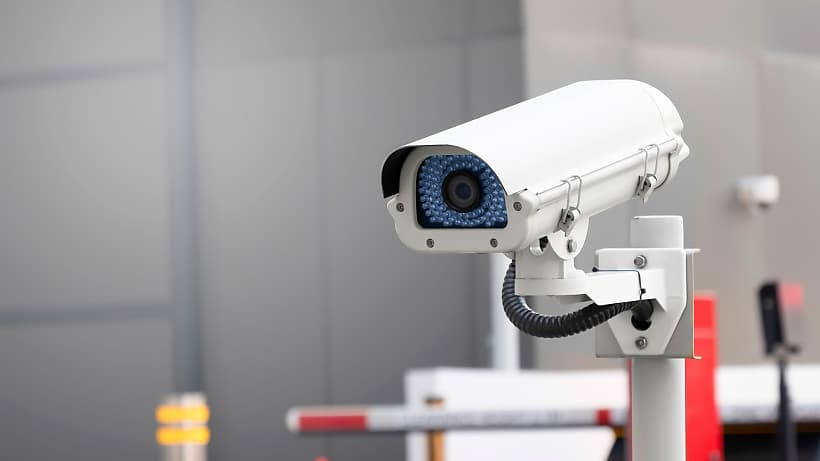Fleet theft causes costly losses and operational disruption. Whether vehicles are on or off the road, managers are responsible for fleet security around the clock.
Businesses should take a dual approach to prevention: training drivers to follow secure practices whilst on duty and installing technology to safeguard assets when unattended.
To minimise the risk of stolen vehicles or cargo, you can familiarise yourself with the warning signs of planned fleet theft and preventative measures to take.
Signs your vehicle is a target for fleet theft
Planned fleet theft involves surveillance of the target vehicle to identify:
- What it is carrying (cargo theft)
- Whether it has anti-theft technology installed
- When and for how long it is habitually unmanned
Here are some red flags that your vehicle is being watched.
1. Strangers loitering
Unfamiliar people hanging around a depot or parking spot for seemingly no reason at strange times of day could be thieves casing your vehicle(s).
2. Reoccurring drive-bys
The same car or van repeatedly driving past your vehicle with no clear purpose in the area could be a sign that it’s being assessed as a potential theft target. The same goes for cars often parked nearby that appear to have no business there.
3. Signs of tampering
Scratches around locks, door handles left in different positions or marks suggesting break-in tools were tested on open doors or windows tell you that criminals have progressed from the surveillance stage.

4. Tracking interference
If your navigation system starts suggesting unusual routes or stops functioning completely, somebody may have tampered with it. Thieves planning to make a getaway with a stolen vehicle often attempt to disable tracking devices so that:
- They cannot be followed with location data
- No geo-fence alerts are triggered as they leave the ‘safe zone’
- Incident response time from the fleet is delayed
5. Questions from strangers
Interest in your operations, schedules or vehicle characteristics from individuals outside your company should immediately ring alarm bells. Strangers asking about sensitive company information suggests intent to understand and intercept your current processes.
What to do if your vehicle is being cased for fleet theft
- Record all incident details: time, location and description of any individuals spotted.
- Communicate the issue internally and put your security staff on high alert.
- Move the targeted vehicle(s) to a different secure location.
How to report vehicle theft
Contact the police as soon as possible so you can file a report. To improve the chances of identification and recovery, you will need to provide details about the vehicle, including registration number, make and model, and colour. Share eyewitness accounts or any CCTV footage that captured evidence. You should also notify your insurance provider of the incident.

How to prevent fleet theft
The best methods for preventing stolen vehicles or cargo include displaying anti-theft technology, removing assets from sight completely and rerouting around high-risk zones.
Install visible security measures
Deter opportunists with clearly displayed security technology such as:
- Steering wheel locks
- Alarms (and signage)
Remove equipment from vehicles and sites or lock it up
Leaving electronics, tools or valuable cargo out in the open could tempt thieves. Remove it from sight or store it away securely.
Equipment theft is especially common on construction sites since larger assets like utility vehicles and machinery are difficult to safeguard. It may be a good idea to chain them to fixed structures with heavy-duty locks when they are out of use.
Install GPS tracking and advertise it with decals
Make it clear that your vehicles can be traced wherever they go. Thieves are much less likely to steal vehicles that can expose their escape route with live location tracking.
Brand your vehicles with logos and wraps
It’s difficult to make a discreet getaway in a vehicle with conspicuous advertising. Reselling the stolen vehicle without alerting suspicion is also complicated. Go for identifiable company cars — no plain white vans!
Plan risk-free routes
Use a professional navigation system to minimise idle time in less safe neighbourhoods or avoid areas with higher crime rates all together. Map out these zones with your drivers and ban leaving vehicles unattended there. If stopping in these places is unavoidable, be sure to book secure truck parking.
Keep a watchful eye over your fleet yard, invest in security technology and take the safe route where possible!











